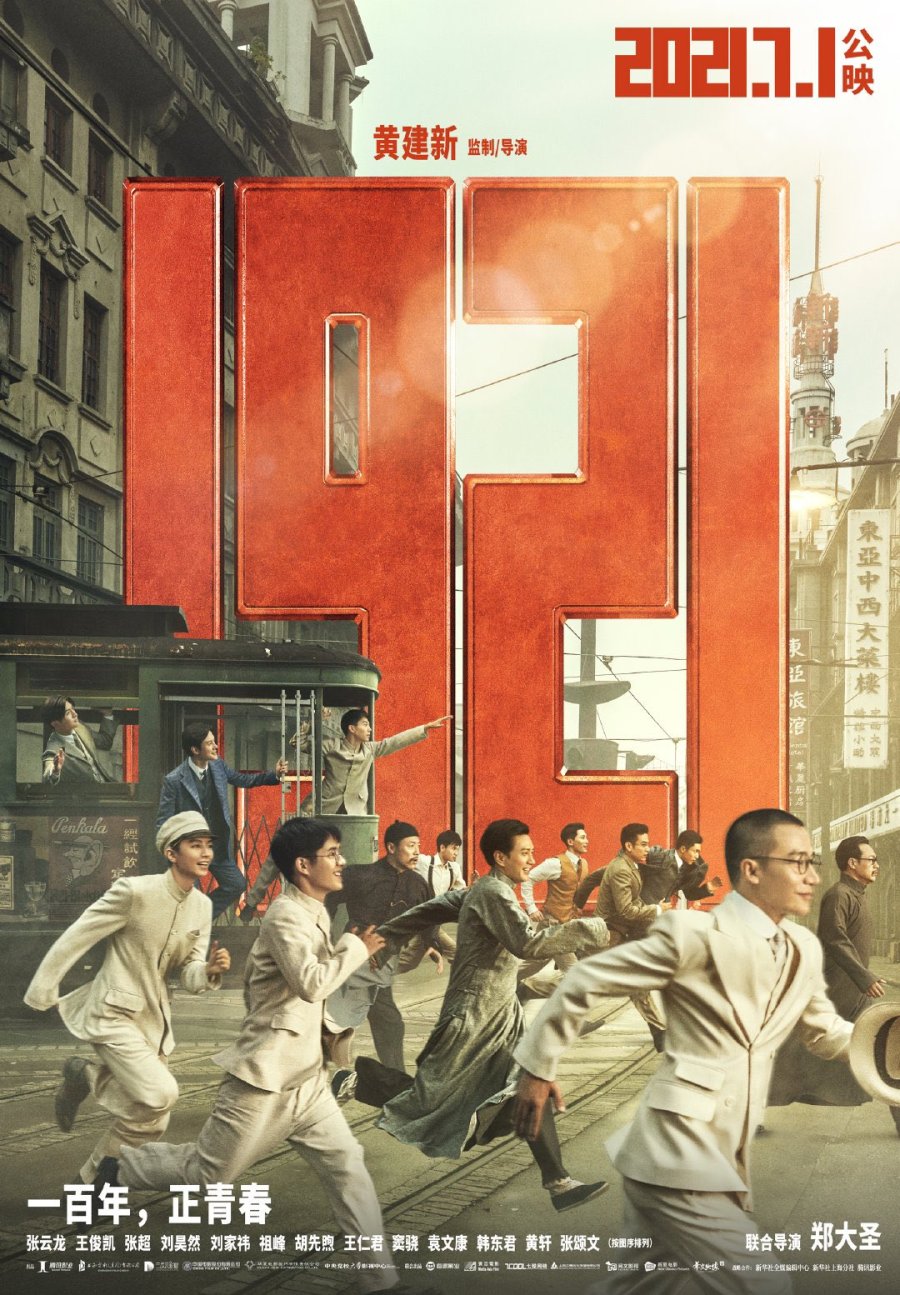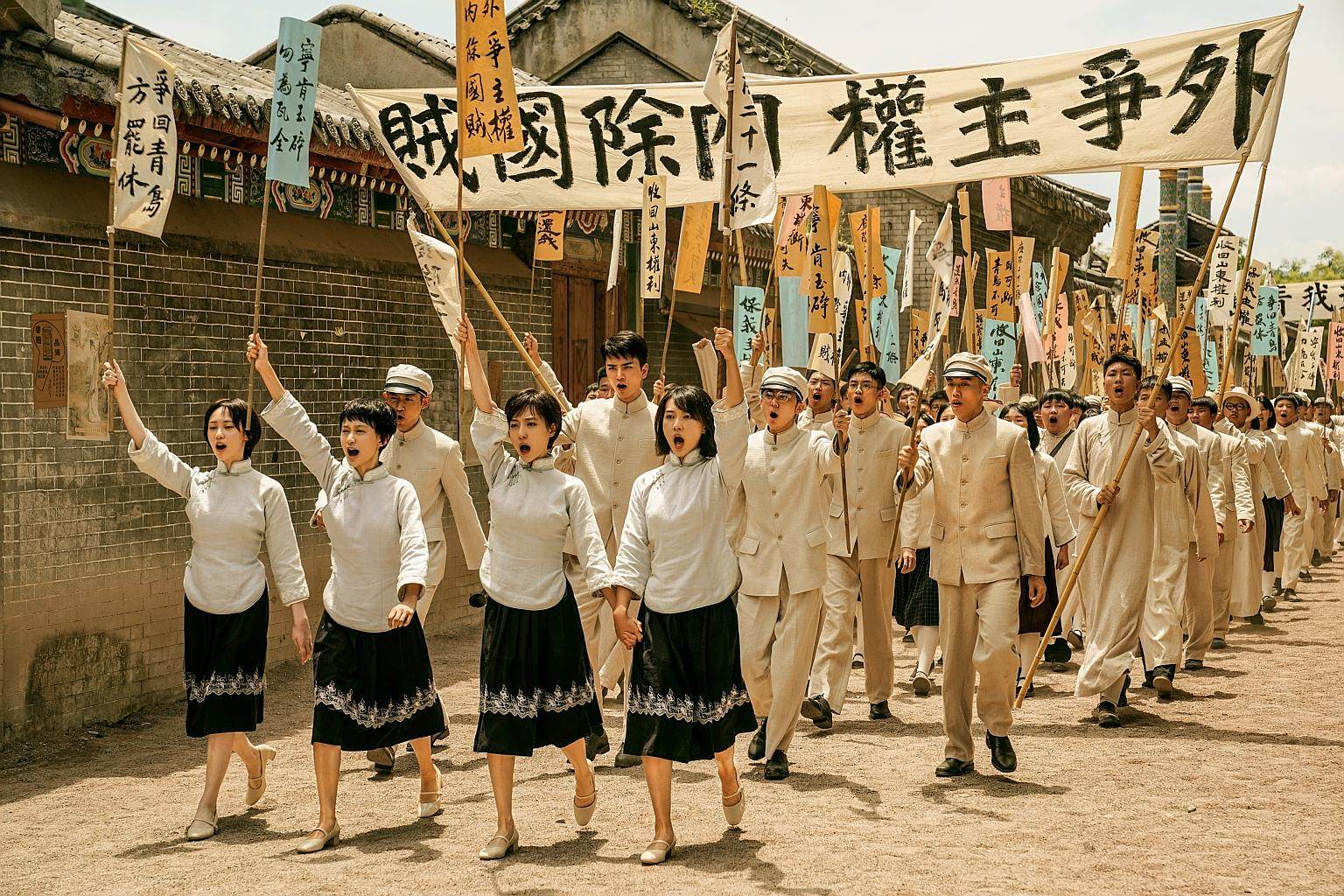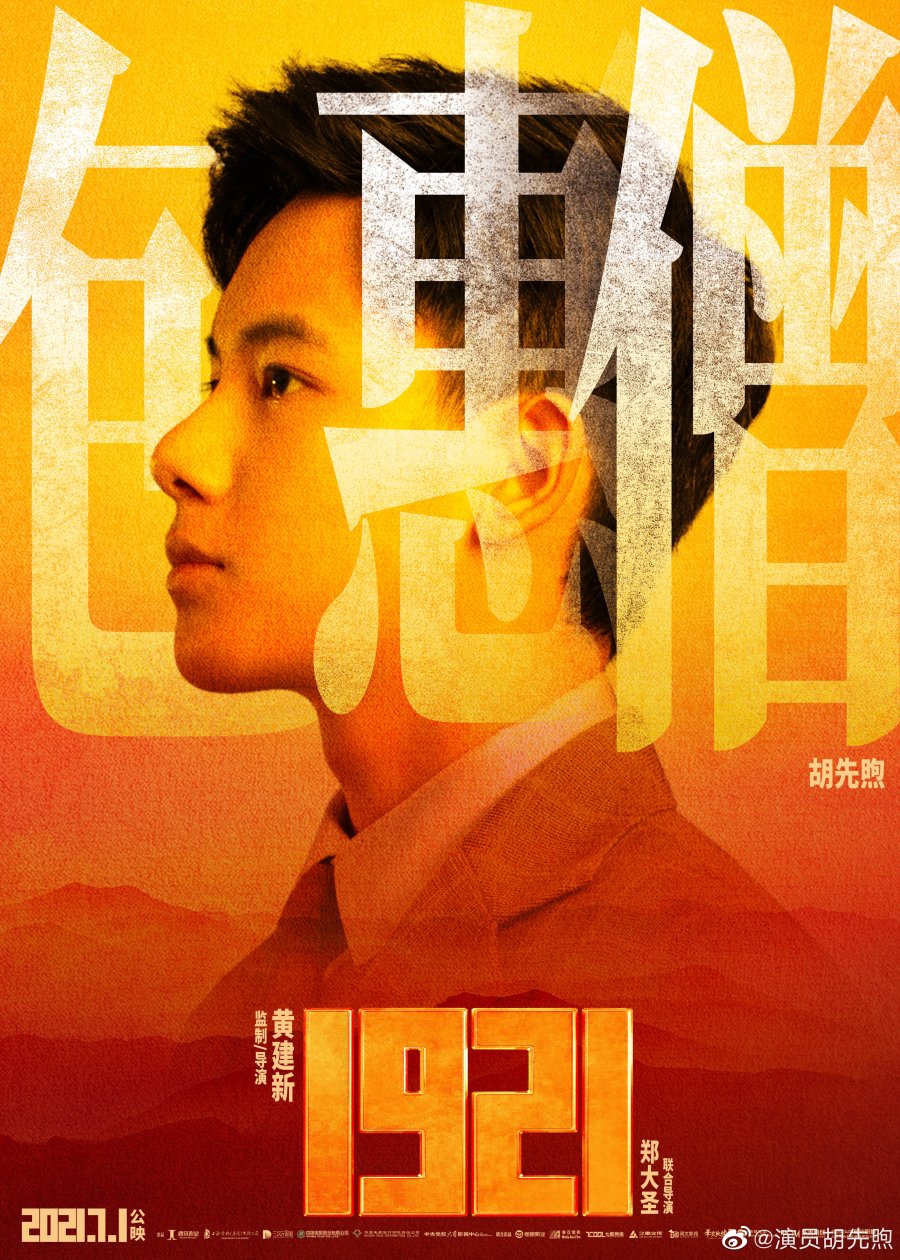This is one of my favorite detournement videos by Victor Plastic, an infamous digital media and dead media analog archivist from Romania who collects forgotten recordings, tapes, pop culture gems, games anything that escaped the Digital Dark Ages. I am really glad the video is still up and that I was able to find it after some lengthy search. Everyone is of course free to interpret the video however one likes, but below I will try to give some context.
CONTEXT
I was one of those kids who spent much of my childhood from the late 1970s through the 1980s and early 1990s (basically all summer vacations) not in Scout summer or Bible camps, but at artist Union symposia, sculpture parks, Seaside Artist collective homes or “Tabere” (literally camps) as part of the UAP network. Uniniunea Artistilor Plastici – the Artists Union spelled for short UAP like the English Unidentified Aerial Phenomena is now somehow despised or seen as an epitome of conservative ideas by the young generation, its name associated as a throwback to another era. It now stands accused of nepotism and crooney capitalism. But before we rush to that conclusion let us consider that it used to offer an important economic (and welfare) support and was a viable cultural infrastructure that spread throughout Socialist and post-socialist Romania (other Socialist countries had similar structures). After 1989 attempts at privatization and accruing costs (unpaid gas and electricity tabs) basically made the union close down its spaces, transform them into commercial spaces, sell or foreclose them, or even evict the artists who started to lose their aura of ‘living national treasures’.
ET IN ARCADIA EGO
This Union was quite powerful at the time and had a lot of bargaining power because it represented all painters, all sculptors, all decorative and monumental art (think about the Yugoslav and Bulgarian brutalist monuments and fabulous mosaic art) practitioners and under Socialism in Eastern Europe. Also all official art was done by UAP artists. So even if you were not allowed to be openly critical of the party and its leader and you were supposed to represent the values of communism and of progress, you had a lot of liberty (especially in Hungary) and supportive structures as backups, exhibition spaces, free ateliers (although some more central or bigger than others). You could also do a tour exhibiting around the country and you could travel from one city to another with all expenses being paid. It was really an ideal deal if you consider the austerity politics of the times and the later shock therapy years. Most importantly you also had a community to support you that would visit the exhibitions and also the willing state that was also regularly buying works from you on a yearly basis.
Of course, there were guiding lines and even preferred styles (pressure to conform to Socialist Realism went in and out of fashion over the years). From a purely experiential perspective as a young kid, it was amazing to hang out with the local cowherd shepherds and countryside kids and take turns caring for the animals, learning to dodge kicks from animals that you never encountered in a city environment. I was also the first generation and 2nd of city-born kids on both sides of the family. The same was true for the countryside kids – taking up sculpture and drawing and actually joining in with the sculpture. Food was also excellent in a time of penury, wine, and slivovitz (tzuica) were aplenty, and most of the artists were former peasants themselves (my father included – or at least he never lost the skills he learned as a kid – how to milk, etc) who made the jump from the land to the city/university.
ARTISTS OF THE PEOPLE
Most of these very masculine and quite sexist at times groups were also fishermen, occasional hunters or seasoned mushroom pickers and knew how to build their own furniture and design and build their own houses or make their own clothes. It was also the reality that this was a time when the artist was a special creature – an “artist of the people”, some sort of national treasure, treasured almost like handicraft artists still are in Japan nowadays. They were spoiled in the best of ways, had plenty of food and booze all the time, and feasting was done at almost middle-age levels with wildfowl, freshly hunted deer (that was mostly reserved for the party apparatchiks), and plenty of wild mushrooms from the forest and excellent bread from ovens. Also, local party bureaucrats, and benevolent mayors, were happy to act like art patrons. They loved talking and spoiling these bizarre and quite brazen artists with the best products of the land. Another thing to remember – having a beard or long hair was a big nono in that era, you could lose your job or get even caught by the police (or Milicia how it was then called) and forcefully shaved.
That is not to say that women did not play an important role and even this hierarchy of textile art ranking lower than the other art – overlapping hierarchies (particularly in regards to North South relations) did not exist so clearly in opinion. There were collaborations btw textile factories and large-scale textile art done by both genders (for example see the great piece “Theatre of the Heart” inside the National Theatre done by Florin CIUBOTARU si Serban GABREA btw 1969-1979). This was part of a series that included “War and Peace” and “Ode to the Country”. There were many women artists and even families of artists (art was a dynastic thing) and art historians and critics. Independent of gender, everyone basically painted or went “la peisaj” to paint landscapes. Many women participated in the neo-avant-garde and only later got the recognition they merited (thinking here of Lia Perjovschi or Geta Bratescu). To end this long digression, some of these camps still exist, and now they are mostly linked to what could be called land art or have turned towards more or less openly ecological concerns. Some of them are still touted to keep up the spirit of the times, mostly dependent on local artistic networks and long-term friendships. I always meant to join one of them near Bistrita, but never did.
NEO BARBARIANS
This video also compares two pop cultural expressions that were roughly contemporaneous. One was glamorous, quite urban, and entering the pop charts. While across the Iron Curtain in Romania, you had these strange bearded hordes of ‘alternative’ men. I am using the word ‘alternative’ under scare quotes because they were really odd in retrospect, not really workers, peasants, or intellectuals, nor counterculture members in the sense of artists boho chic from the West (think NY Greenwich Village). They enjoyed a kind of uneducated and anti-intellectual and cultivated look of ‘wildness’ (they all pretended they were uneducated even if they had a good cinema culture and were bibliophiles). They also preferred an image of the unsophisticated noble “barbarian”. They were some sort of Stone Age Socialist neo-barbarians using self-made tools (I remember those incredible wooden hammers), close to natural materials (stone, wood) in wild countryside surroundings (not really the wilderness of the Wild West) but some sort of Arcadia impossible utopia setting of the Renaissance or classical times. They now seem somehow neo-pagan in their pastoral landscape and interest in non-European art always ranked high (they also had the Meridiane publishing house who translated a lot of the most important art historical materials such as Panfosky, Arnheim, most of the French Annales longue duree school books). Every artist’s home had a library with those books. Religion was not really present apart from the usual orthodox icon-making business, and religion was frowned upon, but there was always some sort of mystical attitude. Some groups fused the abstract with the religious (Horia Bernea) or dabbled in Neo-Byzantinism (see Sorin Dumitrescu and Anastasia Publishing House).
PEASANT ARCHETYPES
And now for these memorial houses, countryside retreats, and artistic summer camps. They were indeed incredible places because they fostered a sort of mixed ideal existence in the middle of the forests sometimes with all the local kids and the rural community having active contact with the artists. Lazarea depicted here is a very interesting case since it is actually situated in the Hungarian enclave in Romania. The “rural” always had a difficult status in countries that were predominantly agrarian but were prioritizing industrialization, high modernism, and proletarian culture. The peasant was more a revolutionary subject in the Global South (see Vietnam, India, or especially Maoist China) than in the former Soviet Union or the East Bloc. It is important to understand that this idealized image of the farmer or Taranul Roman “Romanian peasant” was easily used by racist proto-fascist constructions of genetic and ethnic purity btw the wars. Eugenics and miscegenation discourse were so popular in Romania’s 1920s that pseudo-scientific anti-semitic marriage counseling books written by countryside doctors in Romania warned against peasants mixing with despised ‘others’ (who at that time meant mostly the Jewish or Rroma population associated with slavery or the corrupt city). There were echoes of inter-war Eugenics in the later pronatalist policies of Ceausescu-era Romania.
PRODUCTIVIST RATHER THAN CONSTRUCTIVIST
The socialist state project was also interesting not as much as a constructivist but a productivist social project that would eventually usher in new anti-capitalist relationships, transformative for both society, sexuality, and humanity as a whole (as Bogdan Popa explores in his recent book De-centering Queer Theory: Communist sexuality in the flow during and after the Cold War). It is not a mystery any longer that across the Iron Curtain in the former West “Cultural Cold War” was raging, and the CIA was also sponsoring and actively supporting modern art against Socialism Realism. After the Cold War had ended, we have to reckon with the fact that only abstract and avant-garde was ‘recovered’ and integrated by the art market forces. It was much more convenient for financial speculation to sift the art collections in search of forgotten members of the avant-garde than it was to appreciate the value of Realism Socialism. The work of artists that straddled the divide btw avant-garde and Socialism Realism is a particularly interesting case study, as demonstrated by the project of Miklos Szilard “Mattis Teutsch: Avantgarde and Constructive Realism” (exhibited in both Budapest and Bucharest). e




